Cybersecurity Essentials for Rural Micro-Enterprises: Securing digital and business transformation in the post-COVID era
 Cybersecurity fundamentals for a smooth digital transformation of rural MSMEs
Cybersecurity fundamentals for a smooth digital transformation of rural MSMEs| Cybersecurity fundamentals are essential for ensuring a smooth digital transformation of rural MSMEs. Rural microenterprises, like any other businesses, are vulnerable to a range of cyber threats and risks. While their scale might be smaller, the potential impact can still be significant. Here are the main cyber threats and risks that rural microenterprises should be aware of: Phishing Attacks: Attackers send deceptive emails to trick employees into revealing sensitive information, such as login credentials or financial data. Malware Infections: Malicious software (malware) includes viruses, ransomware, and spyware that can infiltrate systems, steal data, or lock files for ransom. Ransomware Attacks: Ransomware encrypts files and demands payment for the decryption key, potentially causing data loss or business disruptions. |
 |
|
Social Engineering: |
 |
|
Insecure Wi-Fi Networks: |
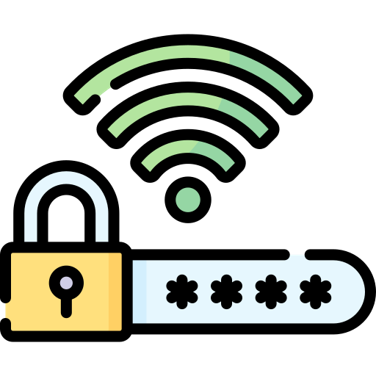 |
| Data Breaches: Exposure of customer or business data due to a breach can lead to legal, financial, and reputational consequences. Remote Work Vulnerabilities: Remote work setups can introduce security vulnerabilities if proper cybersecurity measures are not implemented. Lack of Backup and Recovery: Failure to regularly back up data can result in data loss during cyber incidents. Regulatory Non-Compliance: Failure to comply with industry-specific regulations can result in legal penalties. Limited Resources for Cybersecurity: Microenterprises may lack dedicated IT staff or budget for robust cybersecurity measures. |
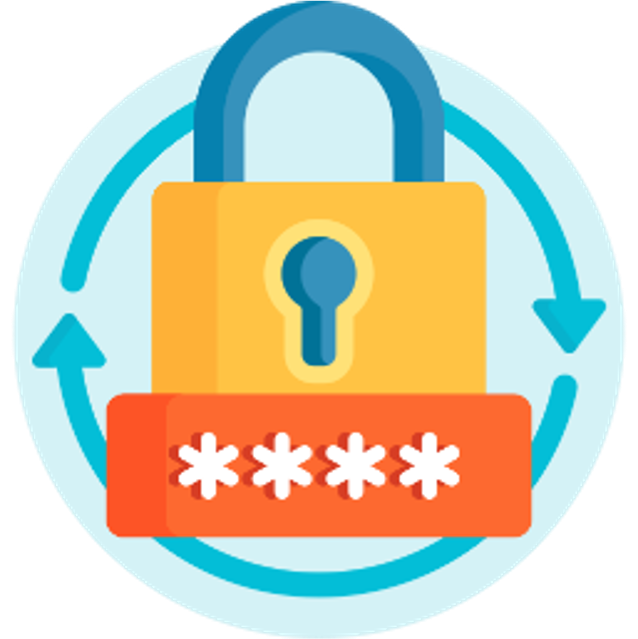 |
|
IoT Vulnerabilities: |
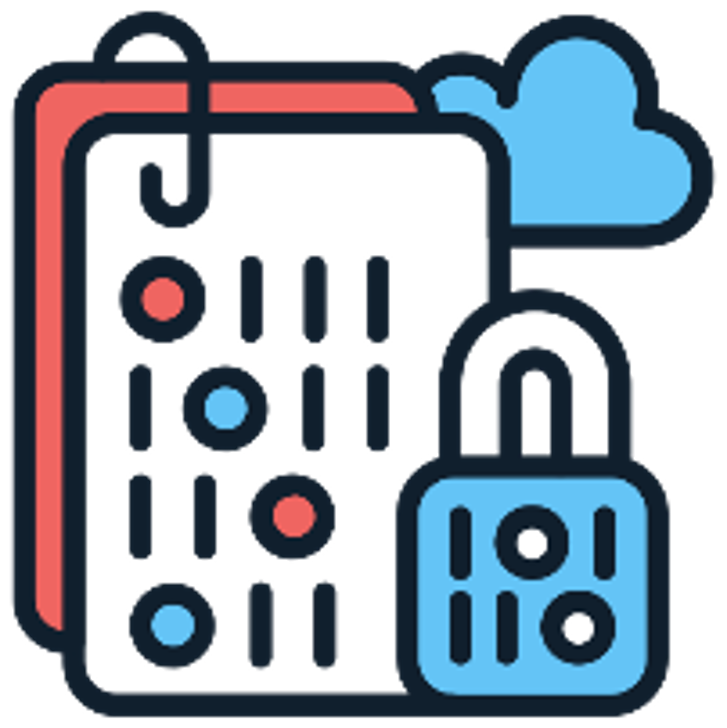 |
| Integrating cybersecurity measures into business activities for rural microenterprises (MSMEs) is crucial to protect their digital assets and operations. In this sense, rural MSMEs should perform the following to protect their business from cyber threats: Risk Assessment and Management: Conduct a comprehensive risk assessment to identify potential cyber threats and vulnerabilities. Develop a risk management strategy that outlines how to mitigate, transfer, or accept risks. Security Awareness and Training: Provide cybersecurity training to all employees to help them recognize and respond to cyber threats. Foster a culture of security awareness to ensure that security is everyone's responsibility. |
 |
|
Data Protection and Privacy: |
 |
| Secure Software Development: Follow secure coding practices to minimize vulnerabilities in software applications. Regularly update and patch software to address known security vulnerabilities. Backup and Recovery: Regularly back up critical data and systems to ensure data can be restored in case of a cyber incident. Test the restoration process to verify the effectiveness of backups. Incident Response Plan: Develop a well-defined incident response plan that outlines steps to take in case of a cybersecurity incident. Designate roles and responsibilities for incident response team members. |
 |
|
Secure Cloud Adoption: |
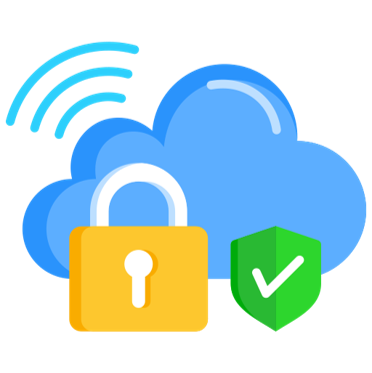 |
| Continuous Monitoring and Improvement: Regularly monitor systems and networks for signs of unauthorized access or suspicious activity. Continuously update and improve cybersecurity measures based on evolving threats. Security Audits and Assessments: Conduct regular security audits and assessments to identify weaknesses and areas for improvement. Use the results to enhance the cybersecurity posture of the organization. Employee Training and Awareness: Regularly train employees on cybersecurity best practices. Conduct workshops on identifying phishing emails and social engineering tactics. Promote a culture of security awareness through ongoing communication. |
 |
|
Strong Password Policies: |
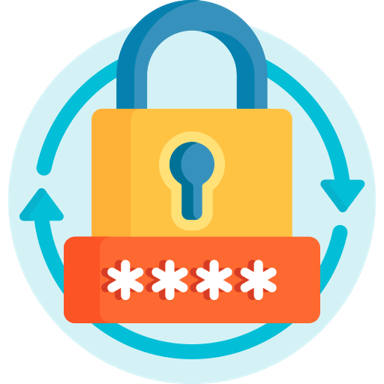 |
|
Data Encryption: |
 |
| Security Awareness Programs: Conduct ongoing security awareness programs to educate employees. Provide resources like posters, newsletters, and training materials. Cybersecurity Policies and Procedures: Develop and document cybersecurity policies and procedures. Clearly communicate these policies to all employees. Integration of these measures requires commitment from leadership, ongoing employee training, and a proactive approach to cybersecurity. Regular assessment and adaptation are essential to address emerging threats and maintain a secure digital environment for rural MSMEs. By implementing these cybersecurity fundamentals, rural MSMEs can transform digitally with confidence, knowing that their digital assets, customer data, and operations are secure against cyber threats. |
 |
 Cybersecurity Best practices to protect personal data and privacy
Cybersecurity Best practices to protect personal data and privacy| Data protection is a key concept for all MSMEs being them rural or urban to safeguard sensitive business and customer information. Apart from the general cybersecurity measures that we have mentioned so far, there is a series of specific data protection measures that rural MSMEs should implement to strengthen their data protection efforts, such as: Data Classification: Classify data based on its sensitivity and importance. Apply appropriate security measures based on data classification. Implement Encryption: Encrypt sensitive data both at rest and during transmission. Use encryption tools to protect customer information and business secrets. Access Controls: Implement role-based access controls (RBAC) to restrict data access. Grant access only to authorized personnel based on their job roles. |
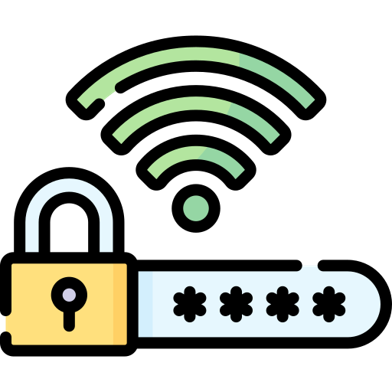 |
|
Regular Data Backups: |
 |
|
Data Minimization: |
 |
| Data Retention Policies: Establish policies for how long different types of data should be retained. Delete data that is no longer needed. Continuous Improvement: Regularly review and update data protection measures based on emerging threats. Stay informed about best practices and new technologies. By implementing these measures, rural MSMEs can significantly enhance their data protection efforts, minimizing the risk of data breaches and ensuring the trust of their customers and partners. |
 |
| In today's evolving work landscape, where remote work has become a prevalent practice, it's imperative for rural Micro, Small, and Medium Enterprises (MSMEs) to prioritize cybersecurity. This is crucial not only for maintaining the integrity of their operations but also for safeguarding sensitive information while their employees operate outside the conventional office environment. Let's delve into the essential remote work cybersecurity guidelines that these rural businesses should consider adopting: 1. Use Secure Connections: In this era of digital connectivity, emphasizing the use of virtual private networks (VPNs) is vital. VPNs provide a secure tunnel for data transmission over the internet, effectively encrypting the information being exchanged. Encouraging employees to use VPNs while accessing corporate systems adds an extra layer of protection against potential cyber threats. 2. Multi-Factor Authentication (MFA): An additional layer of security can be established through the implementation of Multi-Factor Authentication (MFA). This approach ensures that accessing sensitive corporate accounts requires multiple forms of verification, such as a password and a unique code sent to the user's mobile device. This simple but effective measure reduces the risk of unauthorized access. |
 |
|
3. Secure Device Usage: |
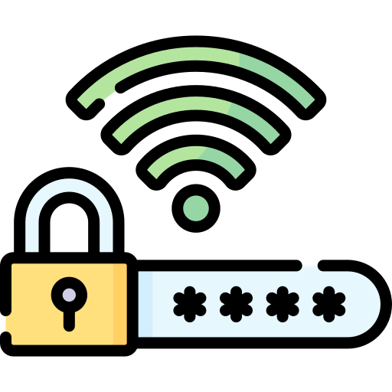 |
| 7. Data Encryption: Underlining the significance of encrypting sensitive data both during transmission and storage is pivotal. Encryption transforms data into unreadable code, rendering it useless to anyone who may intercept it. Encouraging the use of encrypted communication tools for confidential conversations fortifies security. 8. Phishing Awareness: Educating employees about recognizing phishing emails and other social engineering attacks is a proactive measure. Highlighting the risks associated with clicking on suspicious links or downloading attachments from unfamiliar sources can prevent potential breaches. 9. Secure File Sharing: Suggesting the use of company-approved file-sharing tools equipped with robust encryption and access controls ensures that sensitive files are exchanged securely. Conversely, discouraging the sharing of confidential files through personal email or cloud services helps prevent data leaks. 10. Physical Security: Emphasizing the need to secure work devices when not in use and keeping work-related materials out of sight from unauthorized individuals mitigates physical security risks. This is especially relevant for remote workers who operate in diverse environments. |
 |
|
11. Data Backup:
|
 |
| 15. Security Training: Conducting regular cybersecurity training sessions keeps employees well-informed about evolving threats and best practices. This empowers them to make informed decisions and enhances the overall security posture of the organization. 16. Incident Reporting: Establishing clear procedures for reporting cybersecurity incidents or suspicious activities ensures that any potential breaches are promptly addressed. Employees should be aware of whom to contact in the event of a security breach. 17. Remote Work Policy: Developing and communicating a comprehensive remote work policy that outlines security expectations and guidelines provides employees with a clear understanding of their responsibilities. This fosters a secure remote work environment. 18. Continuous Monitoring: Implementing monitoring tools that can detect and respond to security incidents in real-time is crucial. Regularly reviewing remote access logs for unauthorized activities enables proactive threat detection and mitigation. |
 |
|
19. Regular Check-ins:
|
 |
 Summing up
Summing up|
|
|
|
|
|
 Test Yourself
Test YourselfCybersecurity, Rural micro-enterprises, Digital transformation, Business security, Data protection, Information security, Cyber threats, Online privacy, Network security, Cyber resilience, Threat detection, Risk management, Phishing attacks, Security awareness, Vulnerability assessment, Cloud security, Small business cybersecurity, cybersecurity best practices
Objectives:
The objectives and goals of this training are:
Understand Cybersecurity Fundamentals: Provide a clear understanding of fundamental cybersecurity concepts, terminology, and principles relevant to rural micro-enterprises.
Identify Cyber Threats: Educate about common cyber threats such as phishing, malware, ransomware, and social engineering, enabling them to recognize and respond effectively.
Enhance Data Protection: Teach strategies to safeguard sensitive business and customer data, emphasizing encryption, access controls, and secure data storage.
Secure Digital Transformation: Provide guidance on integrating cybersecurity measures into rural MSME digital transformation efforts to ensure a secure transition.
Foster Risk Awareness: Raise awareness about the risks associated with inadequate cybersecurity and the potential consequences for the business, including financial losses and reputational damage.
Encourage Employee Training: Stress the importance of ongoing cybersecurity training for all employees to create a culture of security awareness and responsibility.
Address Remote Work Security: Provide guidance on securing remote work environments and the use of personal devices to prevent cyber threats.
Learning Outcomes:
At the end of this training users will:
- Have a comprehensive understanding of cybersecurity essentials tailored to rural micro-enterprises.
- Identify and mitigate common cyber threats, reducing the risk of falling victim to cyberattacks.
- Have the capacity to secure business and customer data, fostering trust and reputation.
- Incorporate cybersecurity measures into their digital transformation journey.
- Reduce Cybersecurity Risks by fostering a proactive cybersecurity approach.
- Establish a culture of security awareness among their employees to collectively safeguard digital assets.
- Promote Remote Work Security to maintain cybersecurity while enabling remote work arrangements.
- Apply data protection strategies including encryption, access controls, and secure data storage to safeguard sensitive business and customer information.
- Assess cybersecurity risks, understand potential consequences of cyber incidents, and make informed decisions to mitigate those risks.
- Evaluate existing security measures and controls within the micro-enterprise, identifying areas for improvement and enhancement.
Bibliography
- European Union Agency for Cybersecurity (ENISA). (2021). Cybersecurity for SMEs: Challenges and Recommendations. ENISA. https://www.enisa.europa.eu/publications/enisa-report-cybersecurity-for-smes/@@download/fullReport
- European Union Agency for Cybersecurity (ENISA). (2021). Cybersecurity Guide for SMEs. ENISA. https://www.enisa.europa.eu/publications/cybersecurity-guide-for-smes/@@download/fullReport
- OECD (2021), The Digital Transformation of SMEs, OECD Studies on SMEs and Entrepreneurship, OECD Publishing, Paris, https://doi.org/10.1787/bdb9256a-en.
- Forbes Tech Council. (2023, May 25). Small But Mighty: Cybersecurity Best Practices for SMEs. Forbes. https://www.forbes.com/sites/forbestechcouncil/2023/05/25/small-but-mighty-cybersecurity-best-practices-for-smes/?sh=44510c371a33
- Devonshire Green (n.d.). The Importance of Cybersecurity for SMEs. Devonshire Green. https://www.devonshiregreen.uk/the-importance-of-cybersecurity-for-smes/
- Ministry of Economy and Competitiveness (Spain). (2021). Digitalisation Plan for SMEs [PDF]. Government of Spain. https://portal.mineco.gob.es/RecursosArticulo/mineco/ministerio/ficheros/210902-digitalisation-smes-plan.pdf
- Yerik Afrianto Singgalen. (2021, August). Exploring MSMEs' Cybersecurity Awareness and Risk Management: Information Security Awareness. ResearchGate. https://www.researchgate.net/publication/353622348_Exploring_MSMEs_
- Cybersecurity_Awareness_and_Risk_Management_Information_Security_Awareness
EQF
Level 4
DigiComp 2.2:
- - Information and data literacy
Competence(s):
- Protecting devices
- Protecting personal data and privacy
EntreComp:
- - Resources
Competence(s):
- Self-awareness & self-efficacy








